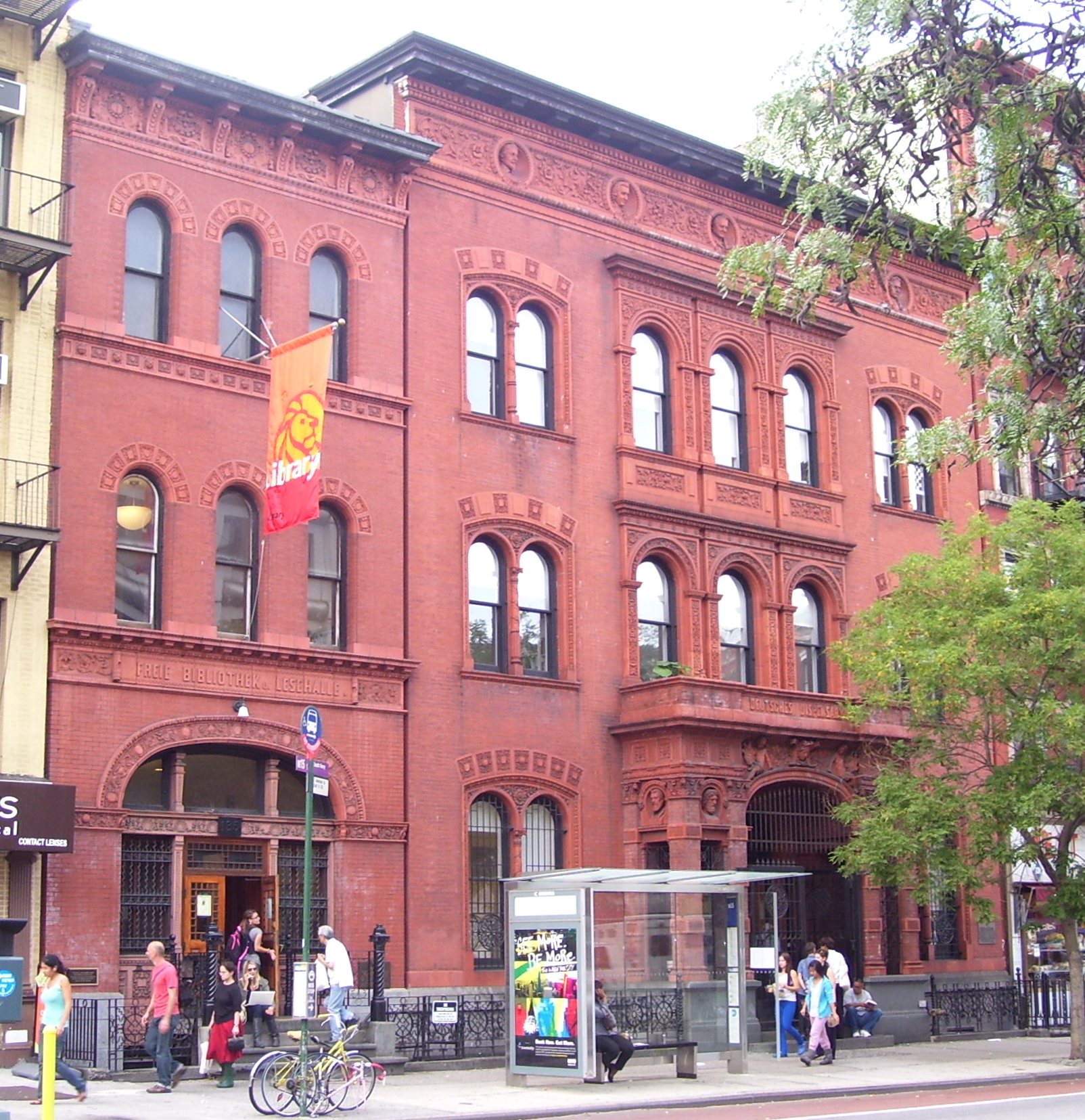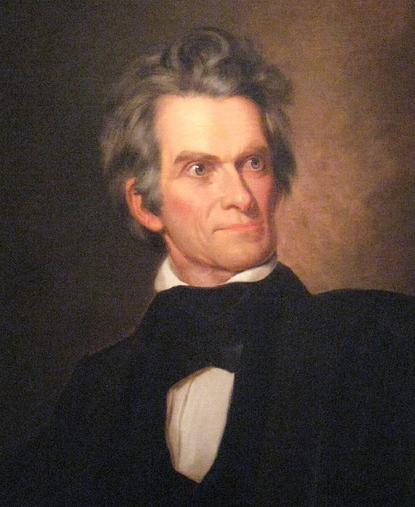|
Little Germany, New York
Little Germany, known in German as Kleindeutschland and Deutschländle and called Dutchtown by contemporary non-Germans, was a German immigrant neighborhood on the Lower East Side and East Village neighborhoods of Manhattan in New York City. The demography of the neighborhood began to change in the late 19th century, as non-German immigrants settled in the area. A steady decline of Germans among the population was accelerated in 1904, when the ''General Slocum'' disaster decimated the social core of the population with the loss of more than 1,000 lives. Growth Beginning in the 1840s, large numbers of German immigrants entering the United States provided a constant population influx for Little Germany. In the 1850s alone, 800,000 Germans passed through New York. By 1855 New York had the third largest German population of any city in the world, outranked only by Berlin and Vienna. The German immigrants differed from others in that they usually were educated and had marketable sk ... [...More Info...] [...Related Items...] OR: [Wikipedia] [Google] [Baidu] |
Friedrich Sorge
Friedrich Adolph Sorge (9 November 1828 – 26 October 1906) was a German communist political leader who emigrated to the United States, where he played an important role in the labor movement, including the foundation of the Socialist Labor Party of America. Early years Friedrich Adolph Sorge was born on 9 November 1828 in Bethau, Saxony, Germany, son of the Reverend Georg Sorge and Hedwig Lange. His father was a free-thinking person, and often gave shelter to Polish revolutionaries travelling from France and Belgium to Poland. He was 19 when the revolutions of 1848 in the German states began. He joined a group of armed revolutionaries in Saxony, but they were quickly suppressed by Pomeranian troops and Sorge was forced to take refuge in Switzerland. He returned to Germany and joined the Karlsruhe Freikorp. His unit fought the Prussians in Baden and the Palatinate, losing both times. In June 1849 Sorge again took refuge in Switzerland. Sorge was condemned to death in Germany ... [...More Info...] [...Related Items...] OR: [Wikipedia] [Google] [Baidu] |
Rhine River
), Surselva, Graubünden, Switzerland , source1_coordinates= , source1_elevation = , source2 = Rein Posteriur/Hinterrhein , source2_location = Paradies Glacier, Graubünden, Switzerland , source2_coordinates= , source2_elevation = , source_confluence = Reichenau , source_confluence_location = Tamins, Graubünden, Switzerland , source_confluence_coordinates= , source_confluence_elevation = , mouth = North Sea , mouth_location = Netherlands , mouth_coordinates = , mouth_elevation = , progression = , river_system = , basin_size = , tributaries_left = , tributaries_right = , custom_label = , custom_data = , extra = The Rhine ; french: Rhin ; nl, Rijn ; wa, Rén ; li, Rien; rm, label= Sursilvan, Rein, rm, label= Sutsilvan and Surmiran, Ragn, rm, label= Rumantsch Grischun, Vallader and Puter, Rain; it, Reno ; gsw, Rhi(n), inc ... [...More Info...] [...Related Items...] OR: [Wikipedia] [Google] [Baidu] |
Palatinate (region)
The Palatinate (german: Pfalz; Palatine German: ''Palz'') is a region of Germany. In the Middle Ages it was known as the Rhenish Palatinate (''Rheinpfalz'') and Lower Palatinate (''Unterpfalz''), which strictly speaking designated only the western part of the Electorate of the Palatinate (''Kurfürstentum Pfalz''), as opposed to the Upper Palatinate (''Oberpfalz''). It occupies roughly the southernmost quarter of the German federal state of Rhineland-Palatinate (''Rheinland-Pfalz''), covering an area of with about 1.4 million inhabitants. Its residents are known as Palatines (''Pfälzer''). Geography The Palatinate borders Saarland in the west, historically also comprising the state's Saarpfalz District. In the northwest, the Hunsrück mountain range forms the border with the Rhineland region. The eastern border with Hesse and the Baden region runs along the Upper Rhine river, while the left bank, with Mainz and Worms as well as the Selz basin around Alzey, belong to ... [...More Info...] [...Related Items...] OR: [Wikipedia] [Google] [Baidu] |
Bavaria
Bavaria ( ; ), officially the Free State of Bavaria (german: Freistaat Bayern, link=no ), is a state in the south-east of Germany. With an area of , Bavaria is the largest German state by land area, comprising roughly a fifth of the total land area of Germany. With over 13 million inhabitants, it is second in population only to North Rhine-Westphalia, but due to its large size its population density is below the German average. Bavaria's main cities are Munich (its capital and largest city and also the third largest city in Germany), Nuremberg, and Augsburg. The history of Bavaria includes its earliest settlement by Iron Age Celtic tribes, followed by the conquests of the Roman Empire in the 1st century BC, when the territory was incorporated into the provinces of Raetia and Noricum. It became the Duchy of Bavaria (a stem duchy) in the 6th century AD following the collapse of the Western Roman Empire. It was later incorporated into the Holy Roman Empire, ... [...More Info...] [...Related Items...] OR: [Wikipedia] [Google] [Baidu] |
Württemberg
Württemberg ( ; ) is a historical German territory roughly corresponding to the cultural and linguistic region of Swabia. The main town of the region is Stuttgart. Together with Baden and Hohenzollern, two other historical territories, Württemberg now forms the Federal State of Baden-Württemberg. Württemberg was formerly also spelled Würtemberg and Wirtemberg. History Originally part of the old Duchy of Swabia, its history can be summarized in the following periods: * County of Württemberg (1083–1495) * Duchy of Württemberg (1495–1803) * Electorate of Württemberg (1803–1806) * Kingdom of Württemberg (1806–1918) * Free People's State of Württemberg (1918–1945) After World War II, it was split into Württemberg-Baden and Württemberg-Hohenzollern due to the different occupation zones of the United States and France. Finally, in 1952, it was integrated into Baden-Württemberg Baden-Württemberg (; ), commonly shortened to BW or BaWü, is a German ... [...More Info...] [...Related Items...] OR: [Wikipedia] [Google] [Baidu] |
Baden
Baden (; ) is a historical territory in South Germany, in earlier times on both sides of the Upper Rhine but since the Napoleonic Wars only East of the Rhine. History The margraves of Baden originated from the House of Zähringen. Baden is named after the margraves' residence, in Baden-Baden. Hermann II of Baden first claimed the title of Margrave of Baden in 1112. A united Margraviate of Baden existed from this time until 1535, when it was split into the two Margraviates of Baden-Durlach and Baden-Baden. Following a devastating fire in Baden-Baden in 1689, the capital was moved to Rastatt. The two parts were reunited in 1771 under Margrave Charles Frederick. The restored Margraviate with its capital Karlsruhe was elevated to the status of electorate in 1803. In 1806, the Electorate of Baden, receiving territorial additions, became the Grand Duchy of Baden. The Grand Duchy of Baden was a state within the German Confederation until 1866 and the German Empire u ... [...More Info...] [...Related Items...] OR: [Wikipedia] [Google] [Baidu] |
Hessen-Nassau
The Province of Hesse-Nassau () was a province of the Kingdom of Prussia from 1868 to 1918, then a province of the Free State of Prussia until 1944. Hesse-Nassau was created as a consequence of the Austro-Prussian War of 1866 by combining the previously independent Hesse-Kassel (or Hesse-Cassel), the Duchy of Nassau, the Free City of Frankfurt, areas gained from the Kingdom of Bavaria, and areas gained from the Grand Duchy of Hesse (including part of the former Landgraviate of Hesse-Homburg from Hesse-Darmstadt). These regions were combined to form the province Hesse-Nassau in 1868 with its capital in Kassel and redivided into two administrative regions: Kassel and Wiesbaden. The largest part of the province surrounded the province of Upper Hesse in the Grand Duchy of Hesse ( People's State of Hesse from 1918). On 1 April 1929, the Free State of Waldeck became a part of Hesse-Nassau after a popular vote, becoming part of the Kassel administrative region. In 1935, the Nazi go ... [...More Info...] [...Related Items...] OR: [Wikipedia] [Google] [Baidu] |
Prussia
Prussia, , Old Prussian: ''Prūsa'' or ''Prūsija'' was a German state on the southeast coast of the Baltic Sea. It formed the German Empire under Prussian rule when it united the German states in 1871. It was ''de facto'' dissolved by an emergency decree transferring powers of the Prussian government to German Chancellor Franz von Papen in 1932 and ''de jure'' by an Allied decree in 1947. For centuries, the House of Hohenzollern ruled Prussia, expanding its size with the Prussian Army. Prussia, with its capital at Königsberg and then, when it became the Kingdom of Prussia in 1701, Berlin, decisively shaped the history of Germany. In 1871, Prussian Minister-President Otto von Bismarck united most German principalities into the German Empire under his leadership, although this was considered to be a " Lesser Germany" because Austria and Switzerland were not included. In November 1918, the monarchies were abolished and the nobility lost its political power durin ... [...More Info...] [...Related Items...] OR: [Wikipedia] [Google] [Baidu] |
Godfrey Gunther
Charles Godfrey Gunther (April 7, 1822 – January 22, 1885) was a Democratic Mayor of New York City from 1864 until 1866. Early life Gunther was born in New York on April 7, 1822, into a family of recent immigrants from Germany. '''', December 19, 1863, at 813. His father, Christian G. Gunther, was a wealthy fur merchant, and Gunther would eventually join the family business. Gunther was also a for many years. Political career Gunther was activ ...[...More Info...] [...Related Items...] OR: [Wikipedia] [Google] [Baidu] |
Fernando Wood
Fernando Wood (February 14, 1812 – February 13, 1881) was an American Democratic Party politician, merchant, and real estate investor who served as the 73rd and 75th Mayor of New York City. He also represented the city for several terms in the United States House of Representatives. After rapidly rising through Tammany Hall, Wood served a single term in the U.S. House before returning to private life and building a fortune in real estate speculation and maritime shipping. He was elected mayor for the first time in 1854 and served three non-consecutive terms. His mayoralty was marked by an almost dictatorial vision of the office and political corruption in the city's appointed offices, including the New York City police force. His political appointments and his advocacy for unilateral reform of the city charter to strengthen his power and grant the city home rule brought him into direct conflict with the Republican state legislature, leading to a charter revision that premat ... [...More Info...] [...Related Items...] OR: [Wikipedia] [Google] [Baidu] |
New Yorker Staats-Zeitung
The ''New Yorker Staats-Zeitung'', nicknamed ''"The Staats"'', claims to be the leading German-language weekly newspaper in the United States and is one of the oldest, having been published since the mid-1830s. In the late 19th century, it was one of New York City's major daily newspapers, exceeded in circulation only by the ''New York World'' and the ''New-York Tribune''."History of a New York City Institution", retrieved from the ''Staats-Zeitung'' web site on April 15, 2012. The information provided on this web page is not referenced to primary sources and sometimes conflicts in details (such as dates or spellings) with known reliable sources. Among other achievements, as of its sesquicentennial anniversary in 1984 it had never missed a publication date, thereby laying claim to the title of being continuously published longer than any other newspaper (of any language) in America. History The ''Staats-Zeitung'' was founded in New York City in 1834 by a society of German-Amer ... [...More Info...] [...Related Items...] OR: [Wikipedia] [Google] [Baidu] |






